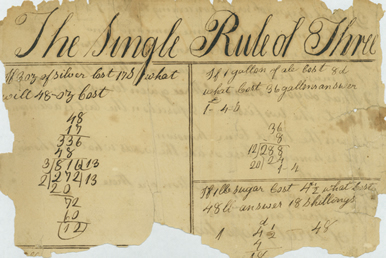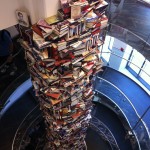 I’m lucky to have a growing collection of books about Abraham Lincoln. Nowhere near the 15,000 books reportedly written about our 16th President, but my sagging bookshelves now hold over 900 titles. The number of actual books is well over 1000 when one figures that some “titles” are 3 or 6 or 10-book sets.
I’m lucky to have a growing collection of books about Abraham Lincoln. Nowhere near the 15,000 books reportedly written about our 16th President, but my sagging bookshelves now hold over 900 titles. The number of actual books is well over 1000 when one figures that some “titles” are 3 or 6 or 10-book sets.
This year I obtained just over 60 new titles, far short of what I obtained in 2013. While I haven’t done a comparison, I may have obtained more books this year directly from the authors, along with their signatures and inscriptions. Forty-three of the newly obtained books are first editions, 14 are signed, 11 are inscribed, and seven are signed and inscribed to me personally. One book, in fact, was signed and inscribed to me by all three of its authors at the recent Lincoln Forum in Gettysburg, where I had the privilege of meeting Tom Horrocks, Harold Holzer, and Frank Williams.
I took on the role of VP of Outreach and Education for the Lincoln Group of the District of Columbia in 2014, and LGDC has presented many opportunities to meet outstanding Lincoln scholars and authors. John Barr, Jonathan W. White, James Conroy and Tom Horrocks all gave presentations this year. Joseph Fornieri, whom I met at the Forum in Gettysburg, will be our Lincoln’s birthday speaker in February 2015.
The oldest book on the 2014 list of acquisitions is a 1909 “centennial” edition of Lincoln’s first and second inaugural speeches. The newest book is Harold Holzer’s Lincoln and the Power of the Press, published this fall and signed to me by Harold at the Lincoln Forum in November. I’m currently reading it so stay tuned for a book review when I’m finished.
Other special books this year include a book about Mentor Graham, who was mentor in both name and function during Lincoln’s early manhood in New Salem, Illinois. I also obtained a copy of Kirkham’s Grammar, the textbook Lincoln used to learn basic writing skills. Another favorite is Jonathan W. White’s new book Emancipation, The Union Army, and the Reelection of Abraham Lincoln. I’m looking forward to trekking down to Newport News, where Jonathan has volunteered to show me around the USS Monitor exhibit the Mariner’s Museum.
While writing this I realized I actually have obtained many more books than are currently listed. As I continue the research for my forthcoming book I’ve been downloading PDF files of several books that helped shape Lincoln’s education over his lifetime. I’ll have to catalog them and do a separate post in the future.
Much more to come…2015 looks to be an exciting year. See the list of books below.
David J. Kent has been a scientist for over 30 years, is a lifelong Lincolnophile, and is currently working on a book about Abraham Lincoln’s interest in science and technology. He is also the author of Tesla: The Wizard of Electricity and an ebook Nikola Tesla: Renewable Energy Ahead of Its Time.
Follow me by subscribing by email on the home page. And feel free to “Like” my Facebook author’s page and connect on LinkedIn. Share with your friends using the buttons below.
Here’s the 2014 list:
| Abraham Lincoln: First and Second Inaugural Addresses (and other speeches) | 1909 | |
| Lincoln’s Last Speech in Springfield in the Campaign of 1858 | 1925 | |
| Ambrose, Stephen E. | Nothing Like It In The World: The Men Who Built the Transcontinental Railroad 1863-1869 | 2000 |
| Angle, Paul M. | A Shelf of Lincoln Books: A Critical Bibliography of Lincolniana | 1946 |
| Bacon, Benjamin W. | Sinews of War: How Technology, Industry, and Transportation Won the Civil War | 1997 |
| Baringer, William E. | Lincoln Day by Day: A Chronology 1809-1865, Volume I: 1809-1848; Volume II: 1849-1860; Volume II: 1861-1865 | 1960 |
| Barr, John McKee | Loathing Lincoln: An American Tradition From the Civil War to the Present | 2014 |
| Barton, William E. | Abraham Lincoln And His Books | 1920 |
| Bauer, Charles J. | The Odd Couple Who Hanged Mary Surratt! (Preston King and Jim Lane) | 1980 |
| Bishop, Jim | The Day Lincoln Was Shot | 1955 |
| Borritt, Gabor (ed) | The Gettysburg Nobody Knows | 1999 |
| Boritt, Gabor S. (ed) | Lincoln The War President | 1992 |
| Bray, Robert | Reading with Lincoln | 2010 |
| Brown University | Books at Brown | 1960 |
| Bruce, Robert V. | The Launching of Modern American Science | 1987 |
| Burkhimer, Michael | 100 Essential Lincoln Books | 2003 |
| Burlingame, Michael | Honest Abe, Dishonest Mary | 1994 |
| Conroy, James B. | Our One Common Country: Abraham Lincoln and the Hampton Roads Peace Conference of 1865 | 2014 |
| Corry, John A. | Lincoln at Cooper Union: The Speech That Made Him President | 2003 |
| Denenberg, Barry | Lincoln Shot: A President’s Life Remembered | 2008 |
| Dennett, Tyler (Ed) | Lincoln and the Civil War in the Diaries and Letters of John Hay | 1988 |
| Duncan, Kunigunde and D.F. Nickols | Mentor Graham: The Man Who Taught Lincoln | 1944 |
| Fairfax County Civil War Centennial Commission | Fairfax County and the War Between the States | 1987 |
| Fletcher, George P. | Our Secret Constitution: How Lincoln Redefined American Democracy | 2001 |
| Fornieri, Joseph R. | Abraham Lincoln: Philosopher Statesman | 2014 |
| Gary, Ralph | Following in Lincoln’s Footsteps: A Complete Annotated Reference to Hundreds of Historical Sites Visited by Abraham Lincoln | 2001 |
| Goodheart, Adam | 1861: The Civil War Awakening | 2011 |
| Grant, Ulysses S. | Personal Memoirs | 1999 |
| Haydon, F. Stansbury | Military Ballooning during the Early Civil War | 2000 |
| Herdon, William H. and Weik, Jesse William | Herndon’s Life of Lincoln | 1942 |
| Holzer, Harold | Lincoln and the Power of the Press | 2014 |
| Holzer, Harold | Lincoln: How Abraham Lincoln Ended Slavery in America | 2012 |
| Horrocks, Thomas A. | Lincoln’s Campaign Biographies | 2014 |
| Horrocks, Thomas A., Holzer, Harold, and Williams, Frank J. (Editors) | The Living Lincoln | 2011 |
| Humes, James C. | The Wit & Wisdom of Abraham Lincoln: A Treasury of Quotations, Anecdotes, and Observations | 1999 |
| Jorgenson, Tim | Mrs. Keckly Sends Her Regards | 2007 |
| Katcher, Philip | The Civil War Day By Day | 201 |
| Kirkham, Samuel | Kirkham’s Grammar: The Book That Shaped Lincoln’s Prose | 1999 |
| Martin, Iain C. | Worthy of Their Esteem: The Timeless Words and Sage Advice of Abraham Lincoln, America’s Greatest President | 2009 |
| Mead, Franklin B. | Heroic Statues in Bronze of Abraham Lincoln | 1932 |
| Miller, Richard Lawrence | Lincoln and his World: Prairie Politician 1834-1842 | 2008 |
| Mills, Eric | Chesapeake Bay in the Civil War | 1996 |
| O’Reilly, Bill and Zimmerman, Dwight Jon | Lincoln’s Last Days: The Shocking Assassination That Changed America Forever | 2012 |
| Percoco, James A. | Summers with Lincoln: Looking For The Man in the Monuments | 2008 |
| Poleskie, Stephen | The Balloonist: The Story of T.S.C. Lowe – Inventor, Scientist, Magician, and Father of the U.S. Air Force | 2007 |
| Randall, J.G. | Mr. Lincoln | 1957 |
| Rice, Wallace | The Lincoln Year Book | ? |
| Riddle, Donald W. | Lincoln Runs for Congress | 1948 |
| Ross, Charles | Trial by Fire: Science, Technology and the Civil War | 2000 |
| Sandburg, Carl | Abe Lincoln Grows Up | 1956 |
| Stashower, Daniel | The Hour of Peril: The Secret Plot to Murder Lincoln Before the Civil War | 2013 |
| Steiner, Mark E. | An Honest Calling: The Law Practice of Abraham Lincoln | 2006 |
| Stoddard, William O. | Inside the White House in War Times: Memoirs and Reports of Lincoln’s Secretary | 2000 |
| Thomas, Benjamin P. | Lincoln’s New Salem | 1987 |
| Thompson, Frank | Abraham Lincoln: Twentieth Century Portrayals | 1999 |
| Tyrner-Tyrnauer, A.R. | Lincoln and the Emperors | 1962 |
| Waugh, John C. | One Man Great Enough: Abraham Lincoln’s Road to the Civil War | 2007 |
| Waugh, John C. | One Man Great Enough: Abraham Lincoln’s Road to the Civil War | 2007 |
| White, Jonathan W. | Emancipation, The Union Army, and the Reelection of Abraham Lincoln | 2014 |
| Widmer, Ted (Ed) | The New York Times Disunion | 2013 |
| Wilson, Douglas L. | Lincoln before Washington: New Perspectives on the Illinois Years | 1997 |
| Wilson, Douglas L. | Lincoln’s Sword: The Presidency and the Power of Words | 2006 |
| Zeitz, Joshua | Lincoln’s Boys: John Hay, John Nicolay, and the War for Lincoln’s Image | 2014 |
| Lincoln Takes Norfolk | 1983 | |
| Lincoln Herald Fall 1966 | 1966 |



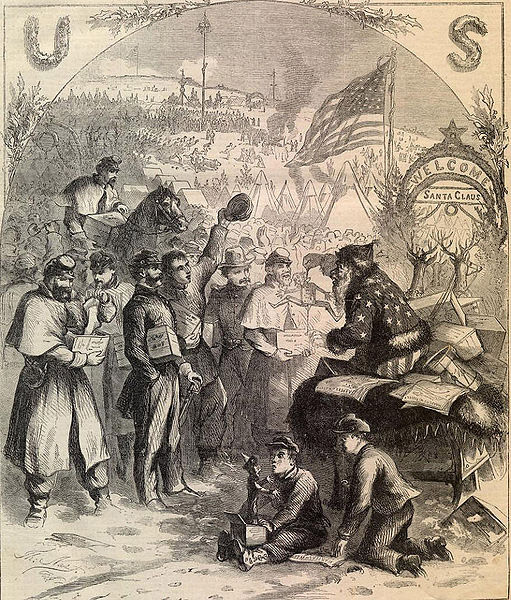
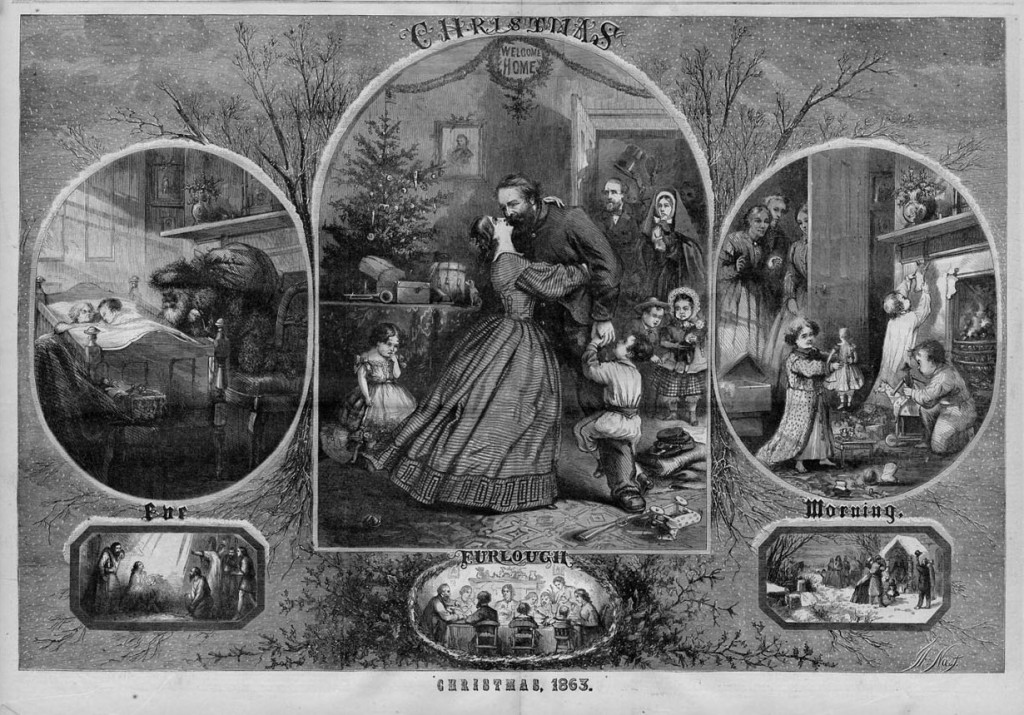
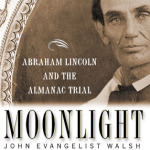 Most people only think of Abraham Lincoln as our 16th President, but prior to that Lincoln had a long career as a lawyer. Much of his legal work was mundane, but he did occasionally get involved in some high profile cases that showed his logic and guile.
Most people only think of Abraham Lincoln as our 16th President, but prior to that Lincoln had a long career as a lawyer. Much of his legal work was mundane, but he did occasionally get involved in some high profile cases that showed his logic and guile. Abraham Lincoln grew up reading everything he could get his hands on in the largely illiterate western frontier of 19th century America. So it’s no small irony that estimates of books written about Abraham Lincoln run over 15,000 volumes. Some day I’ll count up the number of books about Lincoln I’ve read (I’m guessing over 200) but for now I’ll give you three quick reviews of books related to Lincoln’s own love of books. All of these and more can be found on
Abraham Lincoln grew up reading everything he could get his hands on in the largely illiterate western frontier of 19th century America. So it’s no small irony that estimates of books written about Abraham Lincoln run over 15,000 volumes. Some day I’ll count up the number of books about Lincoln I’ve read (I’m guessing over 200) but for now I’ll give you three quick reviews of books related to Lincoln’s own love of books. All of these and more can be found on  We can thank none other than Abraham Lincoln for the great turkey-eating, pie-gulping, football-watching holiday of Thanksgiving. Yes, Abraham Lincoln.
We can thank none other than Abraham Lincoln for the great turkey-eating, pie-gulping, football-watching holiday of Thanksgiving. Yes, Abraham Lincoln.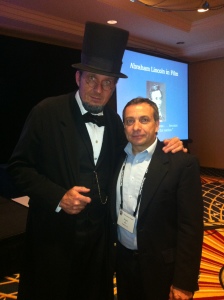

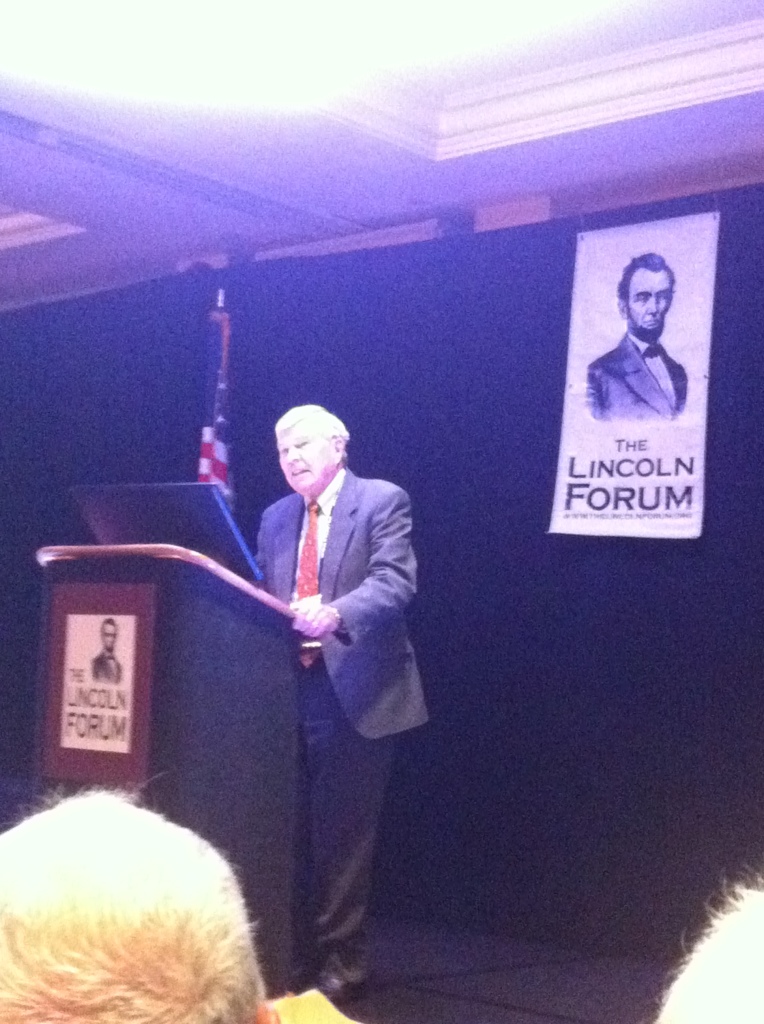
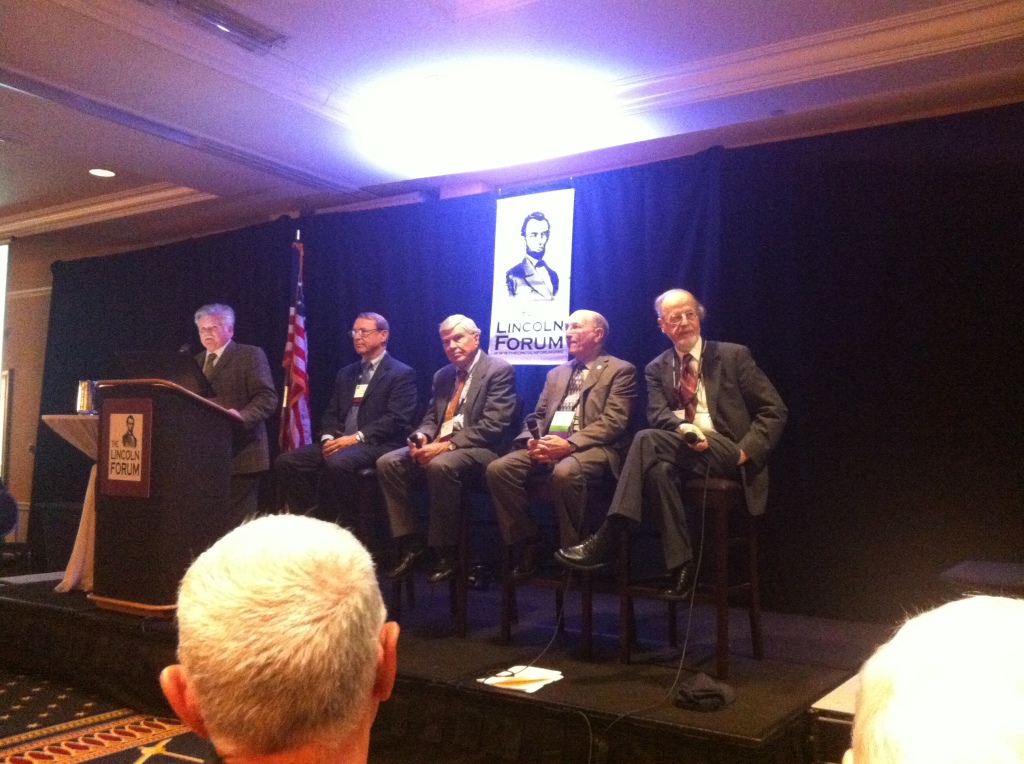
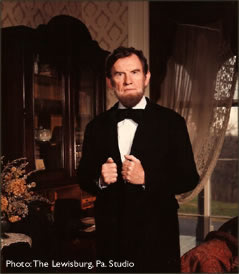
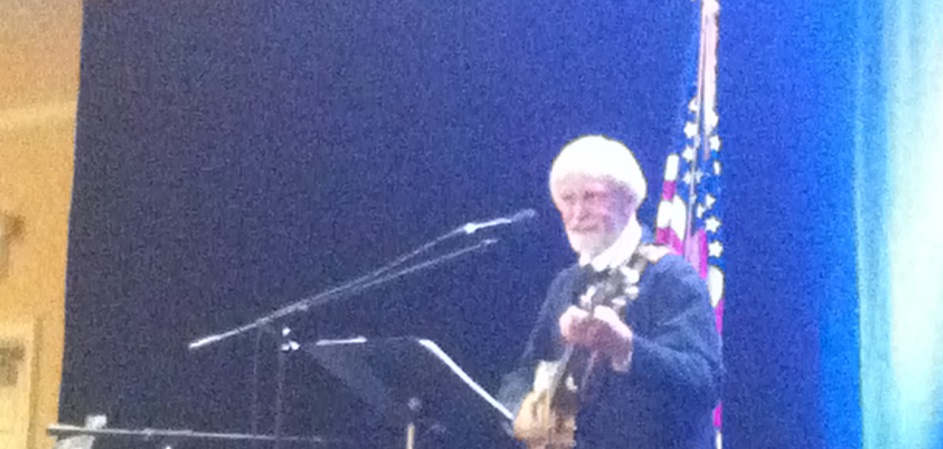
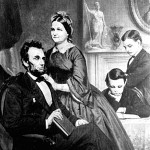 On November 4, 1842, Abraham Lincoln rushed around to his friends and invited them to his one-day’s notice wedding to Mary Todd. The sudden marriage came as a shock to their family and friends, many of whom weren’t aware the couple had resumed their courtship almost two years after the ignominious “fatal first” that ended their prior engagement.
On November 4, 1842, Abraham Lincoln rushed around to his friends and invited them to his one-day’s notice wedding to Mary Todd. The sudden marriage came as a shock to their family and friends, many of whom weren’t aware the couple had resumed their courtship almost two years after the ignominious “fatal first” that ended their prior engagement.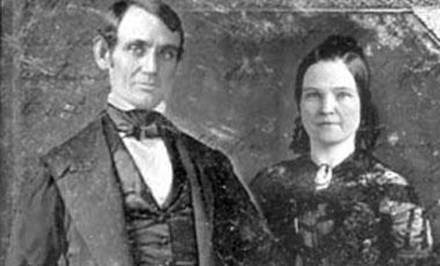
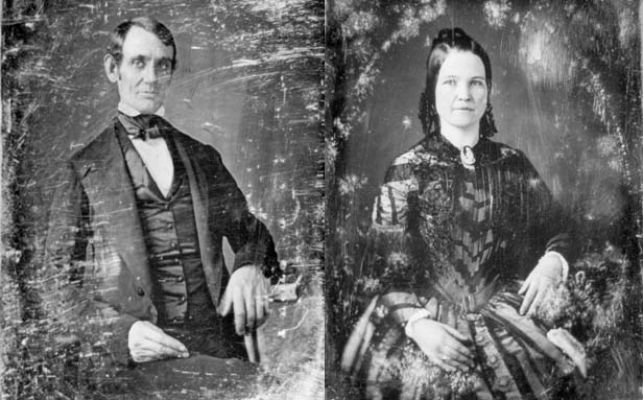
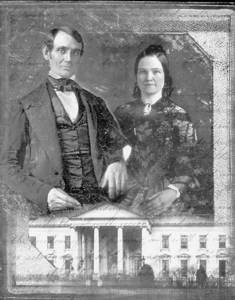
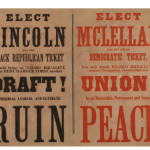 Abraham Lincoln was reelected for a second term in 1864, which surprised everyone,
Abraham Lincoln was reelected for a second term in 1864, which surprised everyone, 
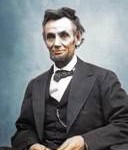 As the Civil War raged on, things weren’t looking so good for the reelection of Abraham Lincoln. In August 1864 Lincoln asked his entire cabinet to sign the back of what became the “
As the Civil War raged on, things weren’t looking so good for the reelection of Abraham Lincoln. In August 1864 Lincoln asked his entire cabinet to sign the back of what became the “